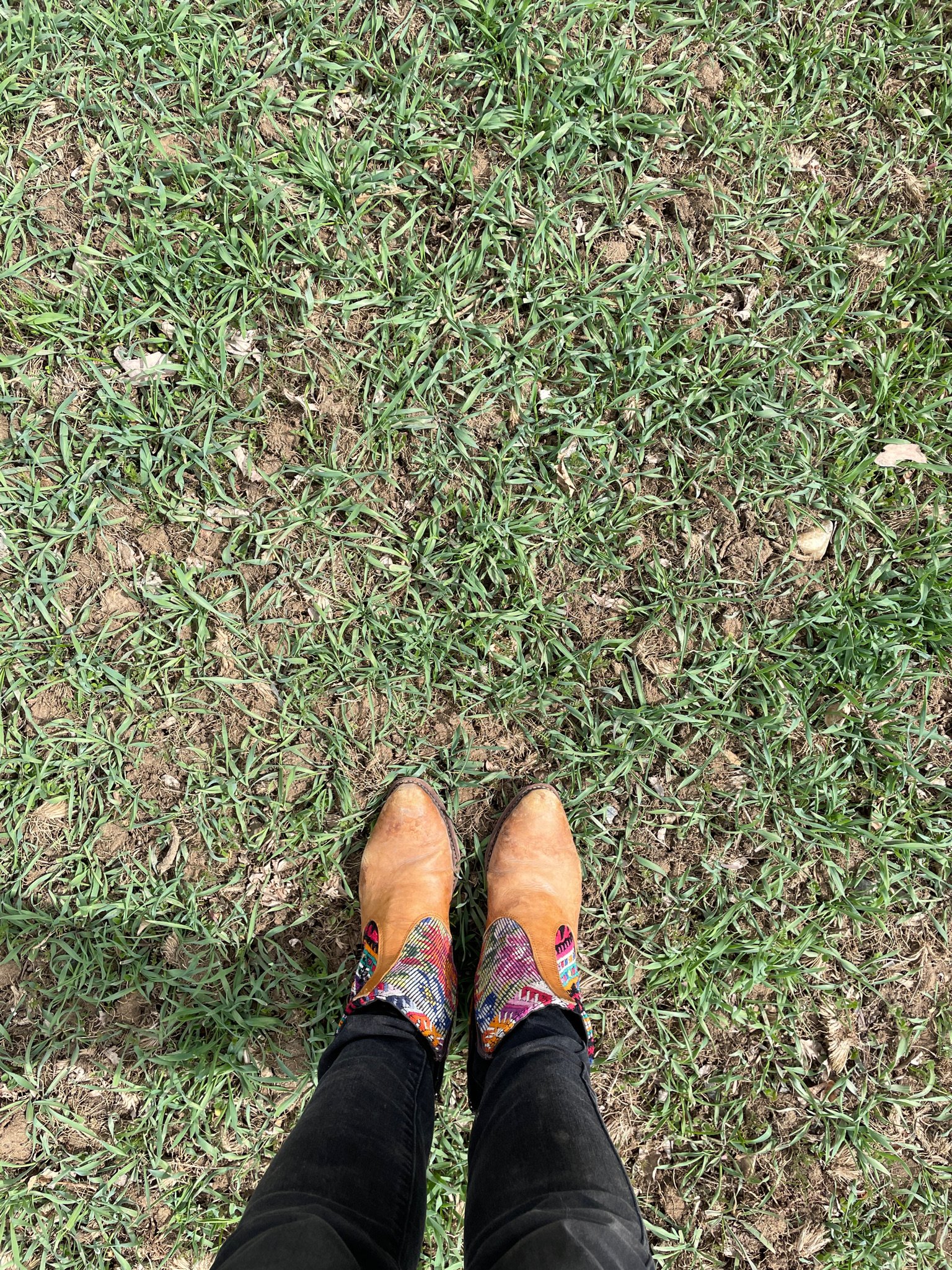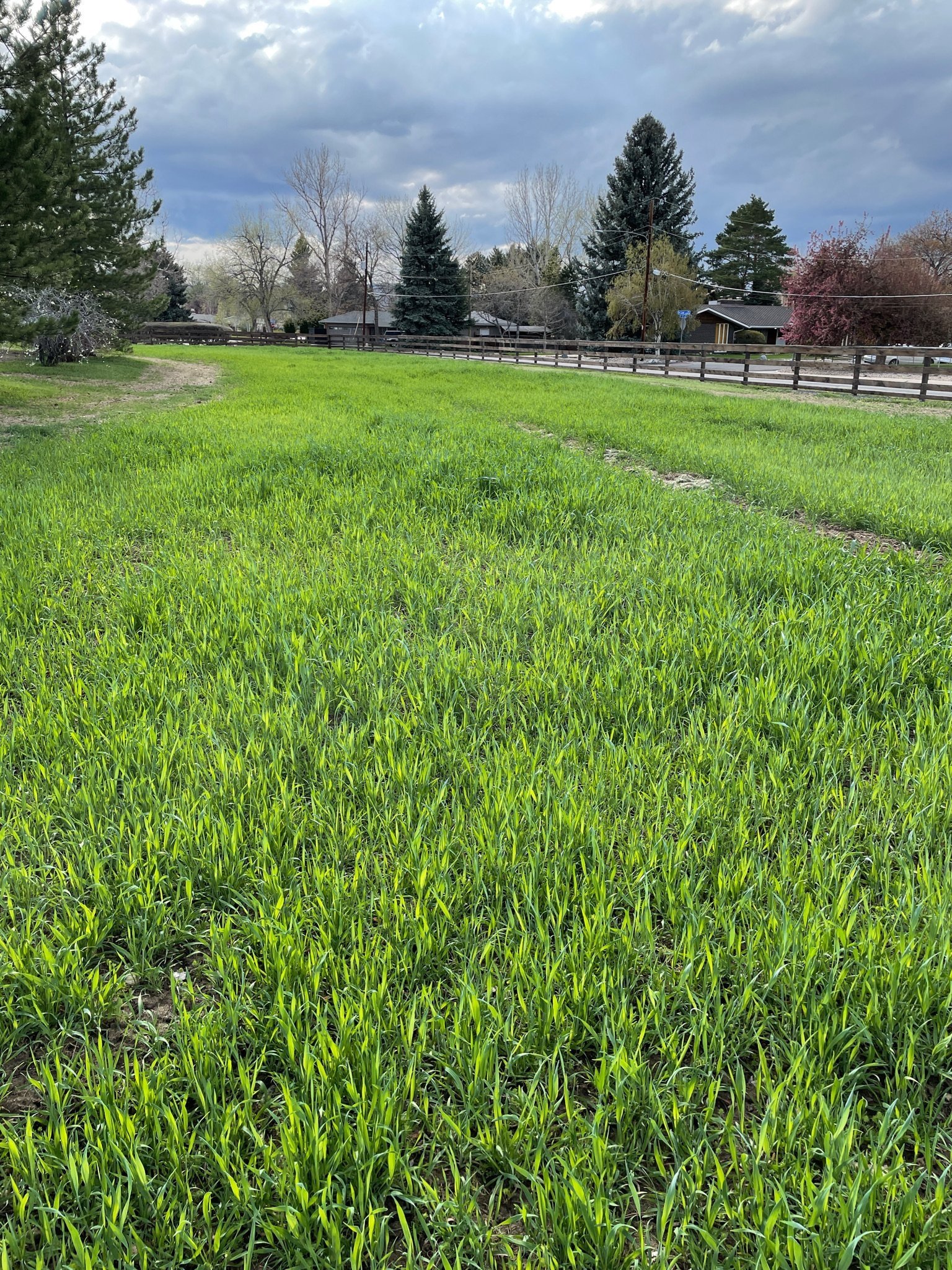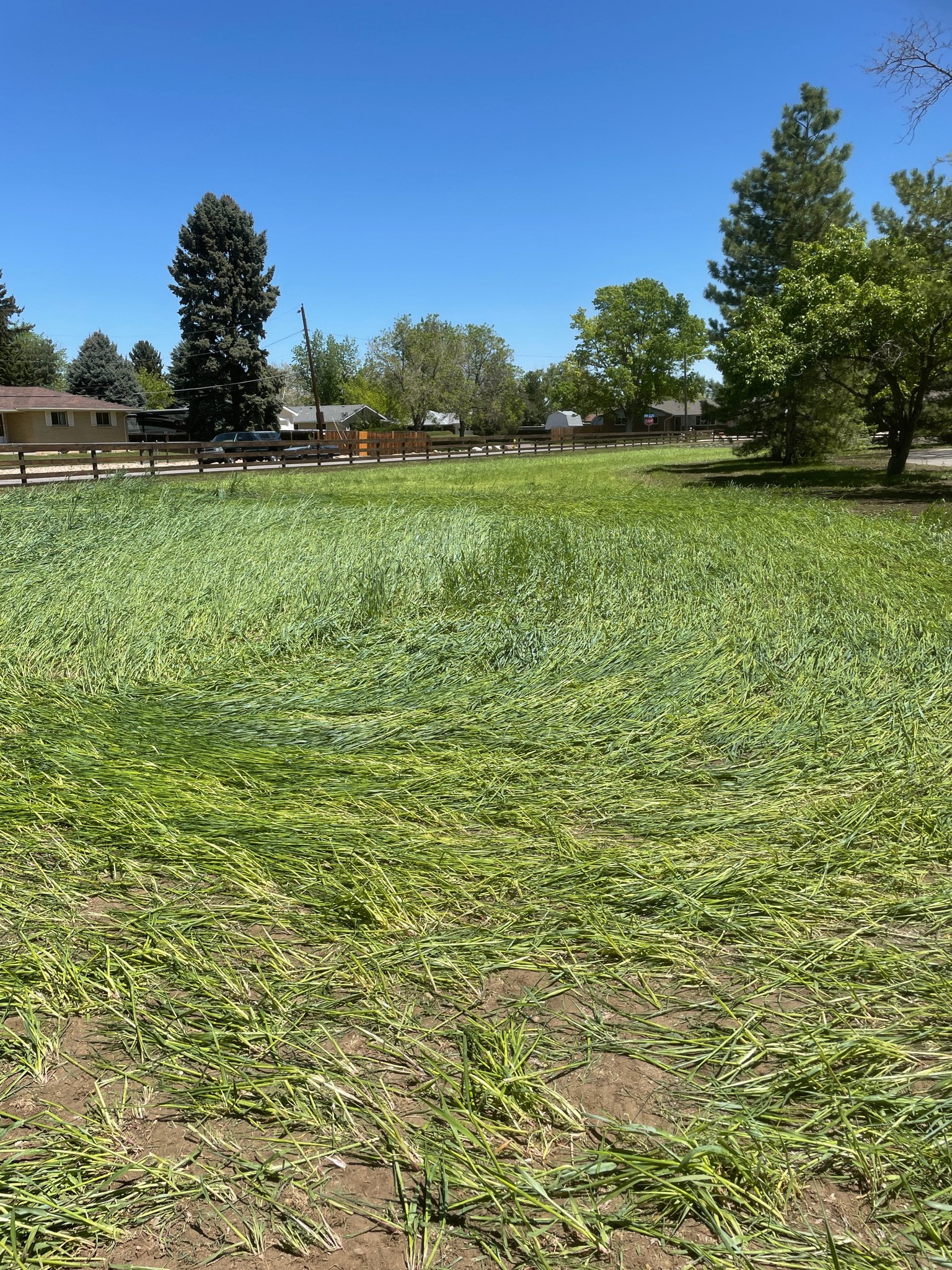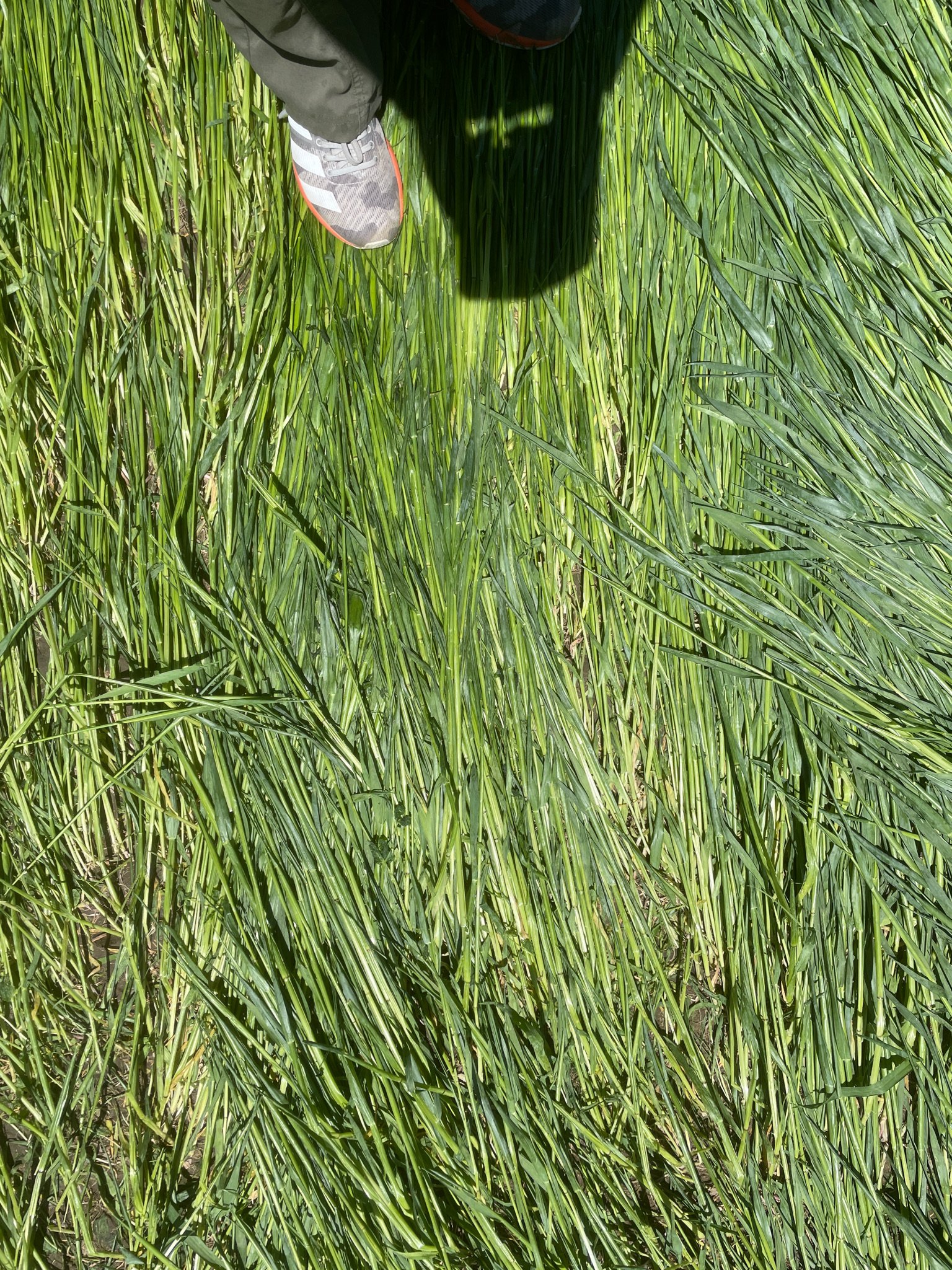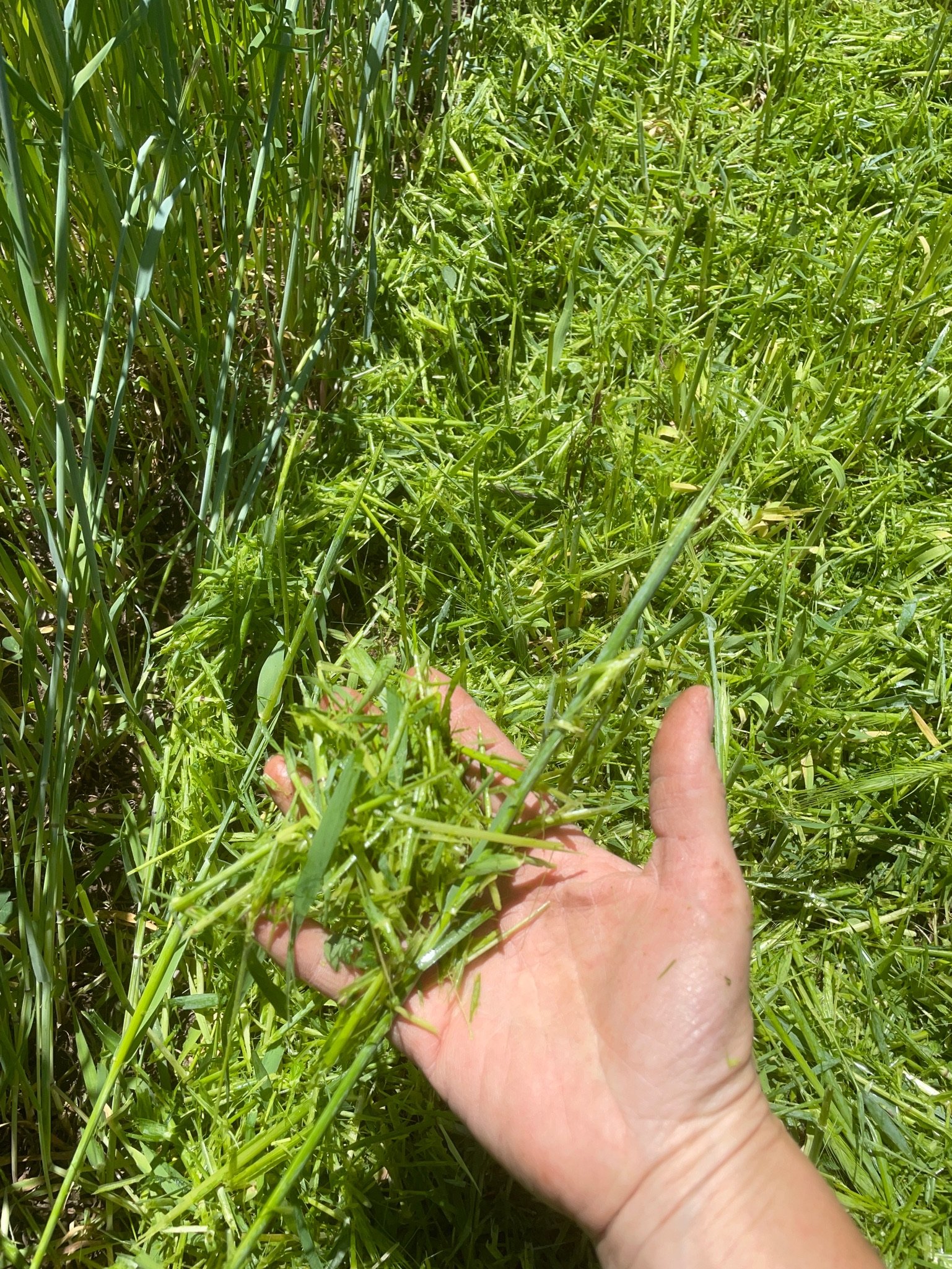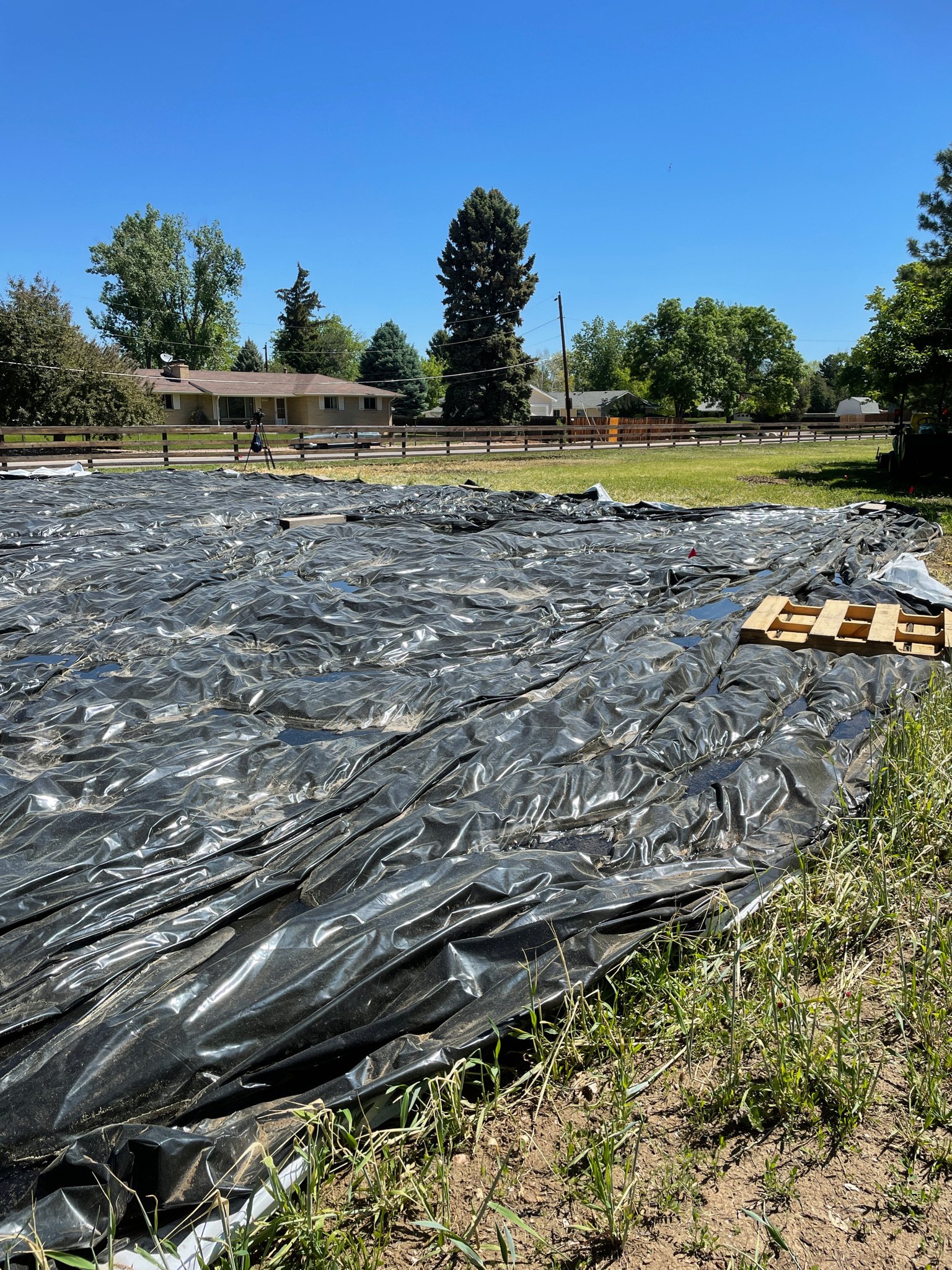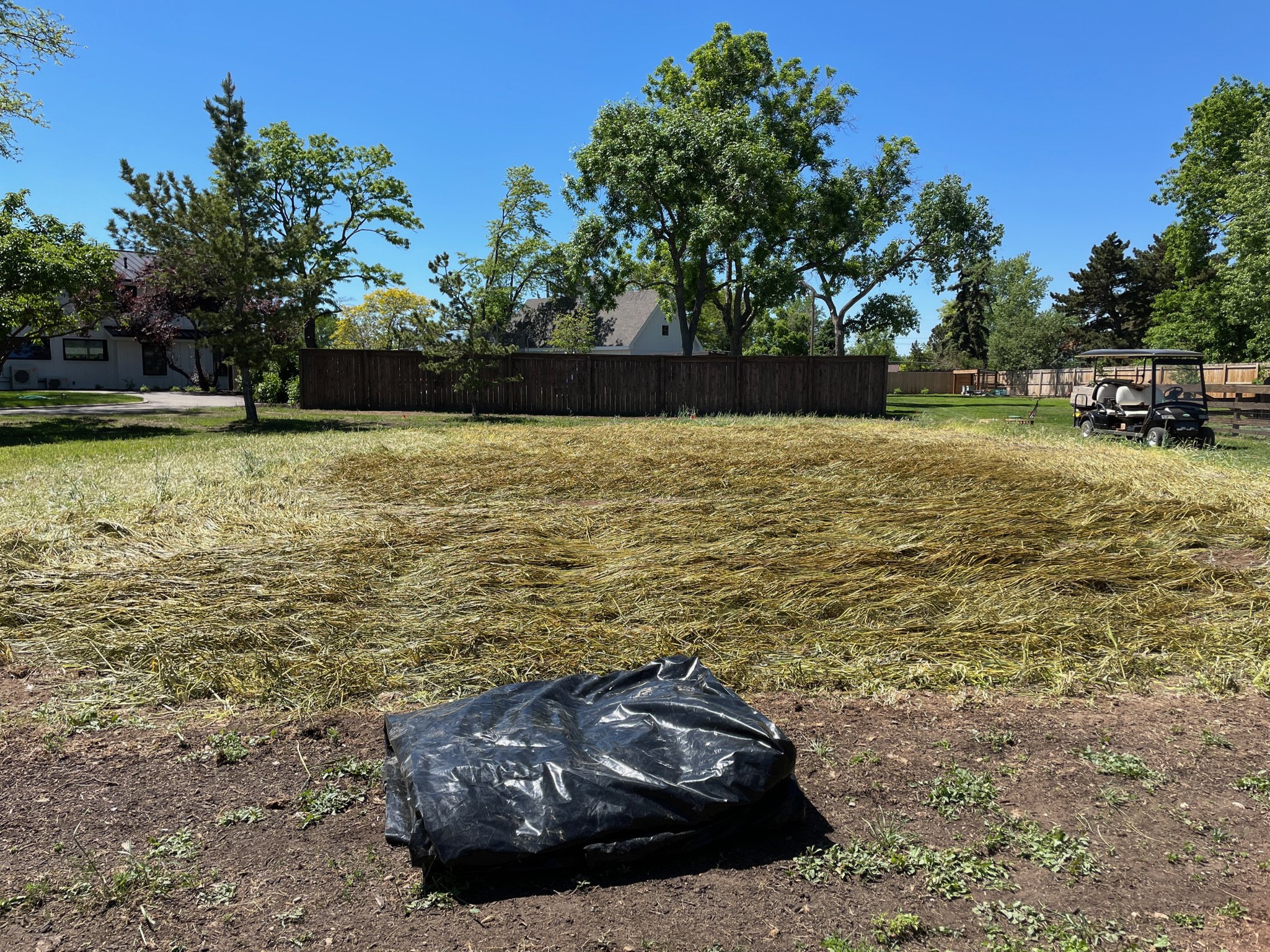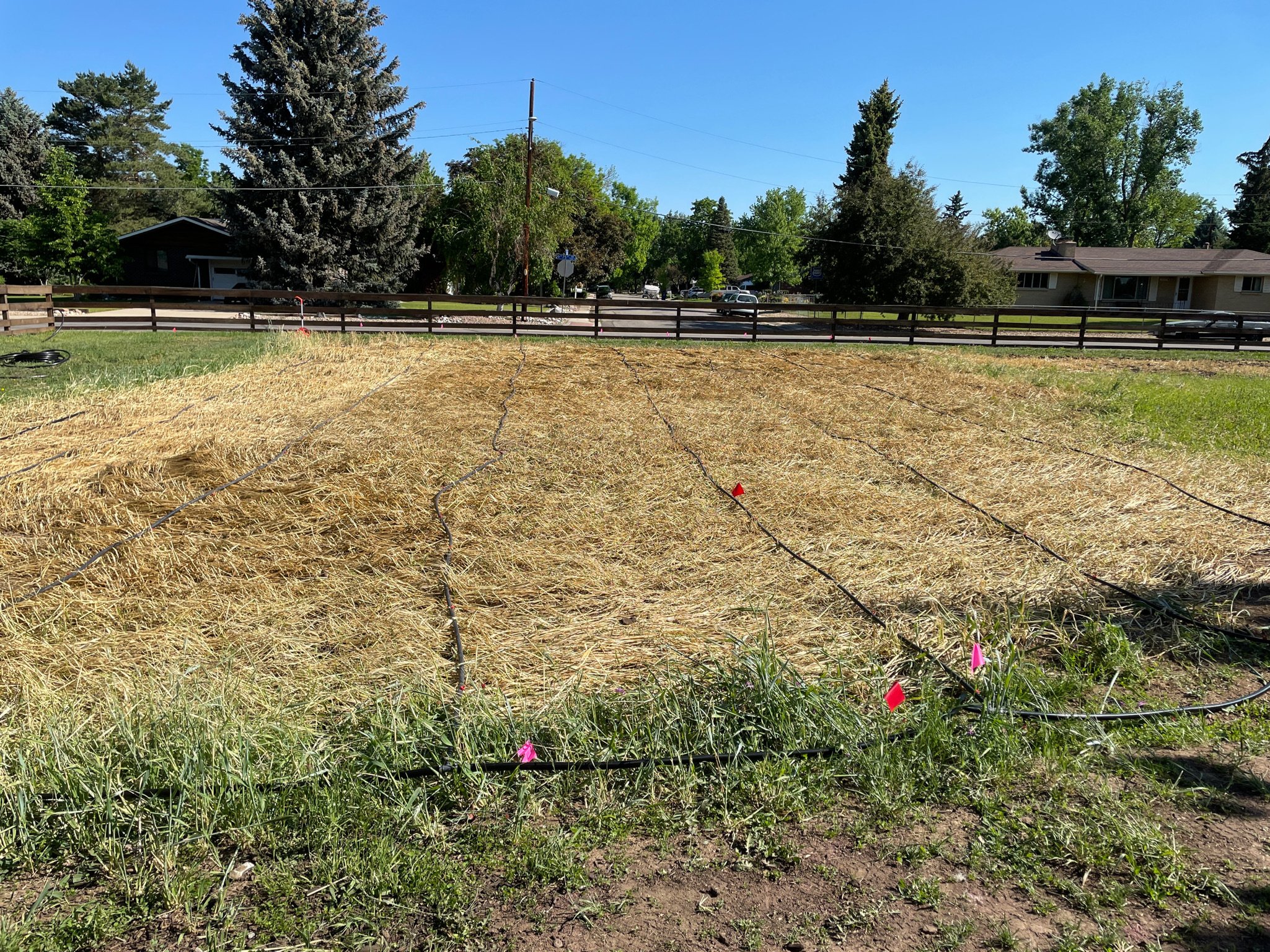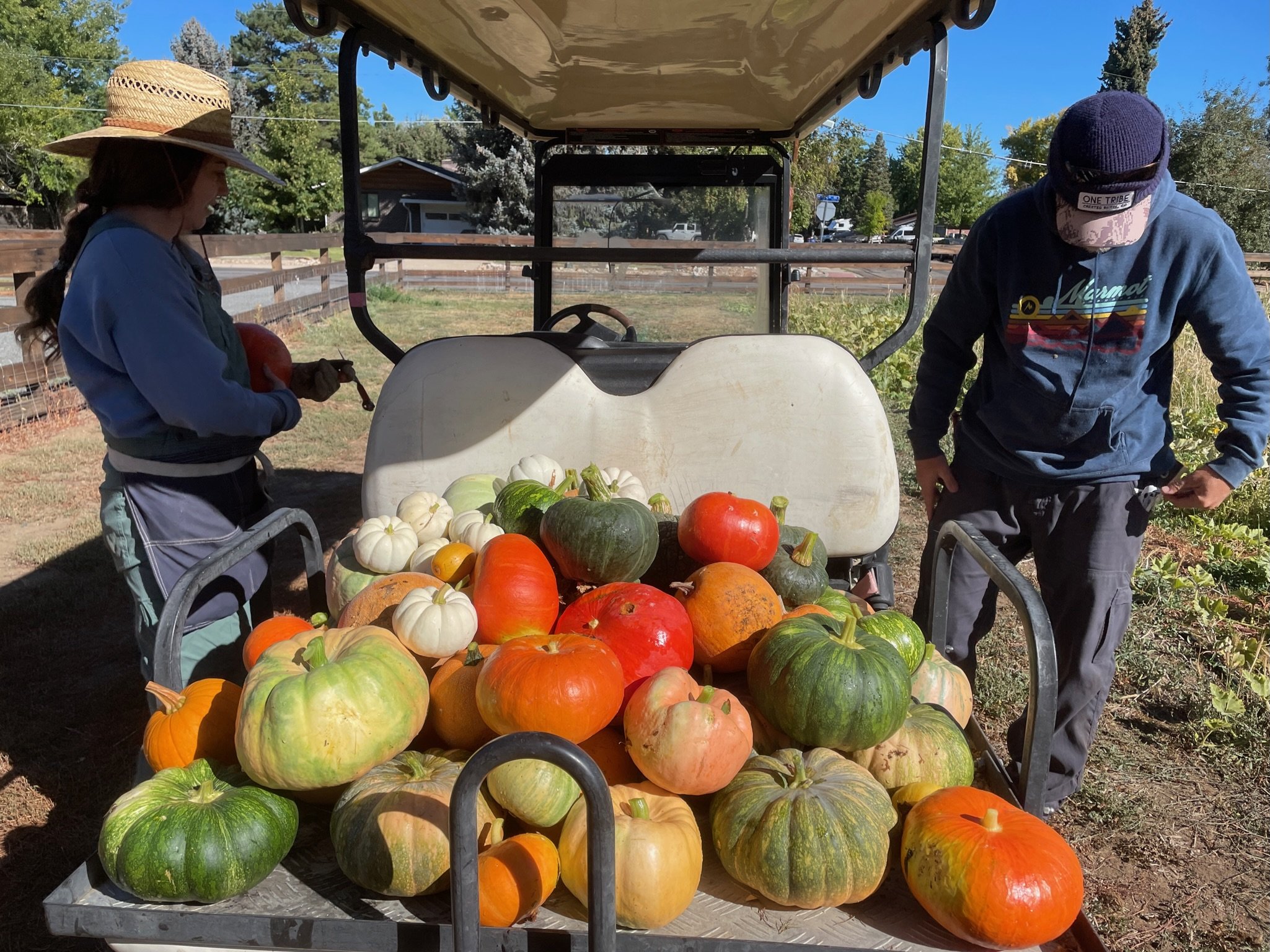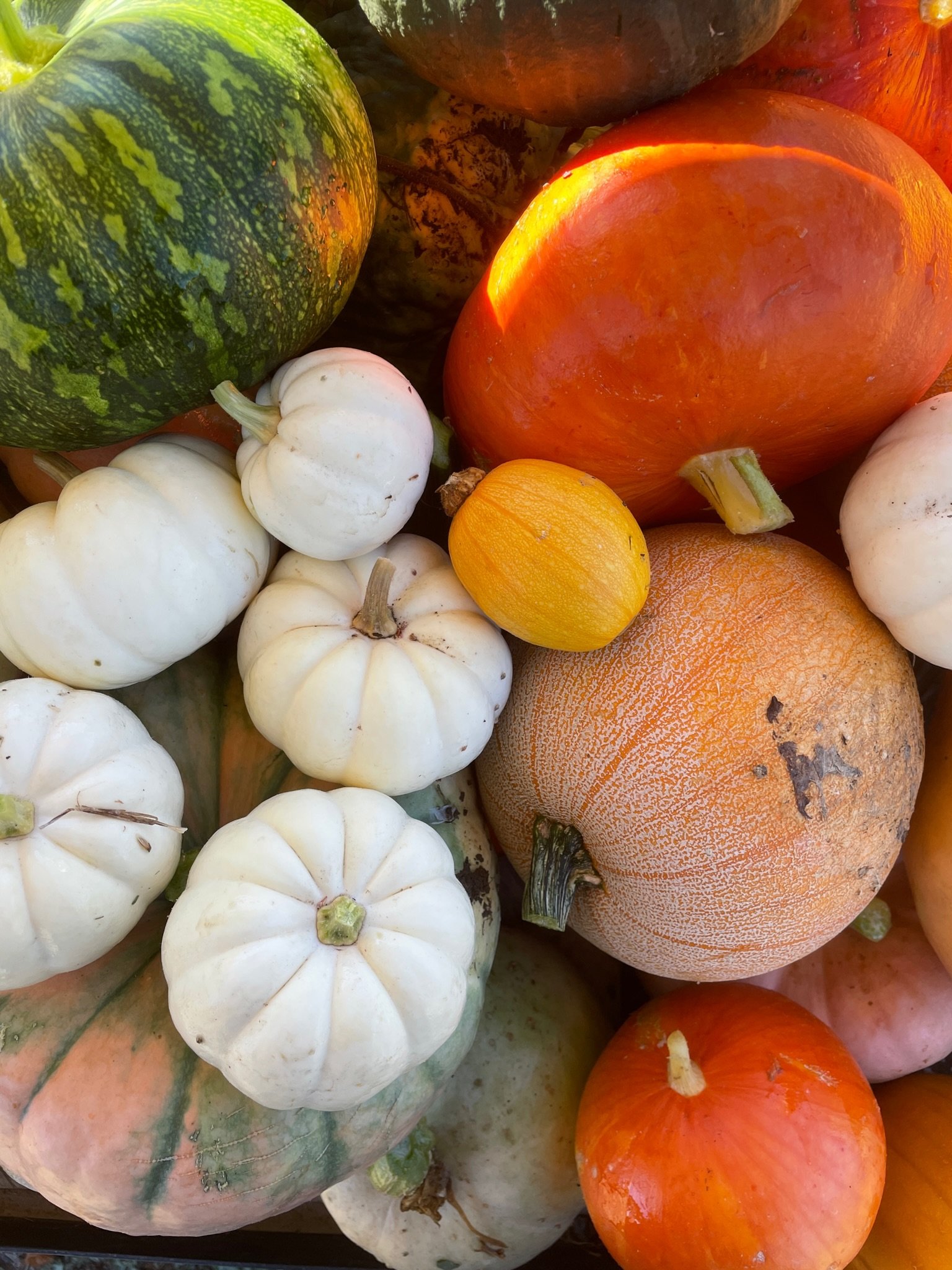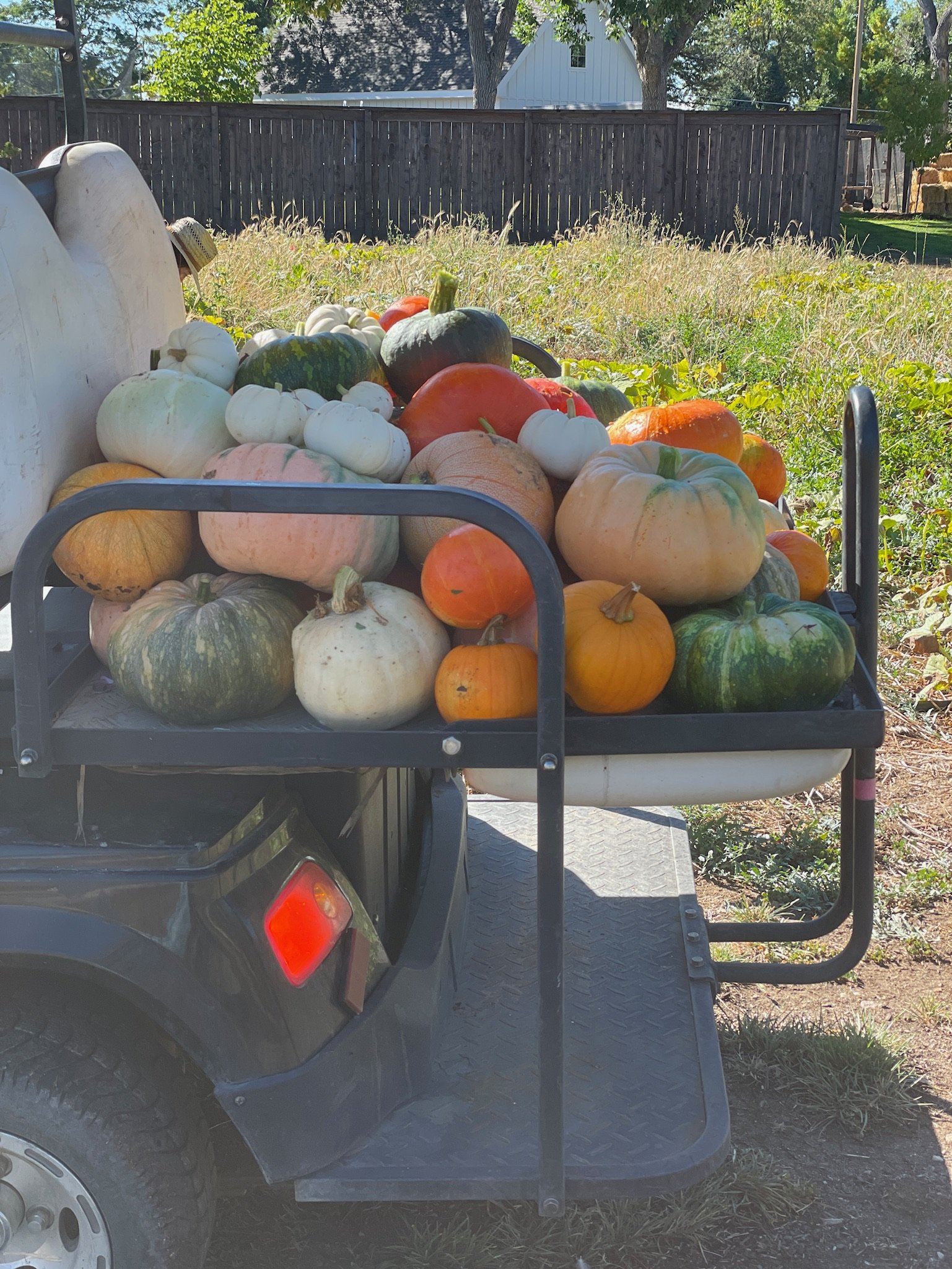No Till in a Dry Climate
Is a Mistake
Our experiment and results
The fantasy of No Till farming and the benefits promoted in documentaries like Kiss the Ground, has many people, including me, curious on if it would work in our gardens. Enjoying benefits like less weed and pest pressure, less fertilizer, earlier plantings, and pulling carbon out of the atmosphere are all worthy reasons for gardeners to take interest but does it work in dry climates, without the moisture to break down the materials? The large farms that promote No Till are typically located in wet climates like Pennsylvania where they get 4-5” of rain each month in the summer. Colorado is far from being a wet climate only getting an average of 2” inches of rainfall per month during the summer. But my suspicious was too great to overlook the idea so earlier this year I enrolled in a class taught by Ray Archuleta from Kiss the Ground documentary.
During the class we talked a lot about the activity in the soil, how roots decompose and leave behind nutrients as well as places for water to penetrate more deeply; types of soil testing, and uses and mixes of cover crops. One of the subjects most surprising was challenges made towards traditional soil testing analytics. Are we testing for the right things, essentially? In all honesty, this put me back on my heels because in the year prior I took a deep dive in soil science with Cornell University and contribute much of my success at understanding soil health.
Still, I left the course with enthusiasm to try a No Till experiment and that’s what we did. Our north field was growing a healthy cover crop of an Autumn Manure Mix (which contains 5 different types of seeds) so we decided to use it as a No Till pumpkin patch. The cover crop was planted in August of the year prior, and was well established by early spring. Instead of mulching and tilling the cover crop, we tried to crimp the cover crop, laying it flat on the soil, then planted directly into the cover crop as if it was a layer of straw. Here are the questions my team and I had and what we learned:
Would the cover crop provide enough nutrients to the soil to feed the plants since we couldn’t till in a granular fertilizer? Would it use less water? Would the cover crop be completely terminated without mulching if we used the crimping method recommended? Would the cover crop outcompete the weeds? Would the pumpkin crop be productive?
Observation 1 – Required a late planting.
In April, when we would normally plant our pumpkin seeds directly into the garden, the cover crop was still getting established. Here is a picture of it in April where it was only 2-4” tall, then again at the end of April, and finally at the end of May when it was waist high. Clearly it was best to wait for the cover crop to fully grow so we could get the most organic matter into the soil. In Colorado, we had to wait until late May for it to fully grow.. For cash crops that don’t need to be planted until June this would not be an issue, or for fields that are going to sit fallow for the season, but for us we wanted to grow pumpkins in the field and harvest them by the end of summer so timing was tricky. Would the pumpkins still have enough time to grow if they aren’t planted until June?
Observation 2 – Killing the cover crop was difficult.
One of the ideas behind No Till is that there is benefit in the roots decomposing in place, so it is best to not till in the cover crop. Instead, the crop should be terminated by crimping (breaking the stalks and lying flat), then killing with a 2-week period of covering with a silage tarp. We crimped the Winter Mix with our tractor then covered the field with a silage tarp. It looked dead and promising for a layer of mulch for the pumpkins. However, it continued to grow even though we covered it with a silage tarp for two weeks and used a drip system to water the pumpkins. The cover crop went to seed and we couldn’t do anything about it because now our pumpkins were growing in the same field. The bind weed and other weeds also continued to grow, flower, and seed.
Observation 3: Quality & quantity of crop was lower.
The pumpkins that were planted into the no till cover crop showed signs of nutrient deficiency. Leaves and stalks were pale and weak, pumpkins were small and improperly shaped, and plants did not produce multiple fruits. The crops were foliar fed with a mix of compost tea and liquid fertilizer once per week, as our other fields were, but it was just enough to keep them alive. Our typical practice would have been to spread a granular fertilizer into the soil then rototill it to move the fertilizer to the root level of the plants. With no till we did not add fertilizer and the cover crop itself did not give the pumpkins the nutrients they needed to thrive.
Summary
Overall, our no till experiment led us to lower useable yields on our most simple crop. With little moisture over the summer, the crimped cover crop did not decompose on top of the soil as we hoped. The ground became hard, the pumpkins were small, and the weeds were profuse. Perhaps this method would work where rainfall helps to breakdown the mulch but we found it unsuccessful at outcompeting the weeds, retaining moisture, and providing enough nutrients on our 80’x60’ field. The year prior, we broke ground on a new field similar to this field but used more traditional cultivation plans (plow, till, add compost and fertilizer, till again, plant). The results were quality pumpkins in size and yield.
Have you seen different results? I’d love to hear what you are doing to test this theory in similar growing conditions and if we missed something in our experiment. Thanks for sharing.
In Community,
Gina

